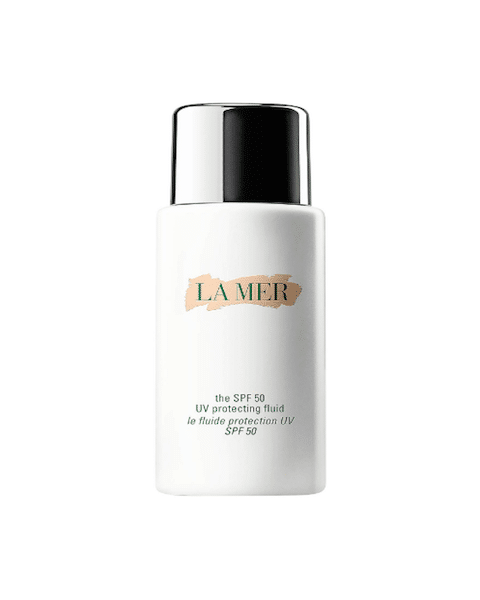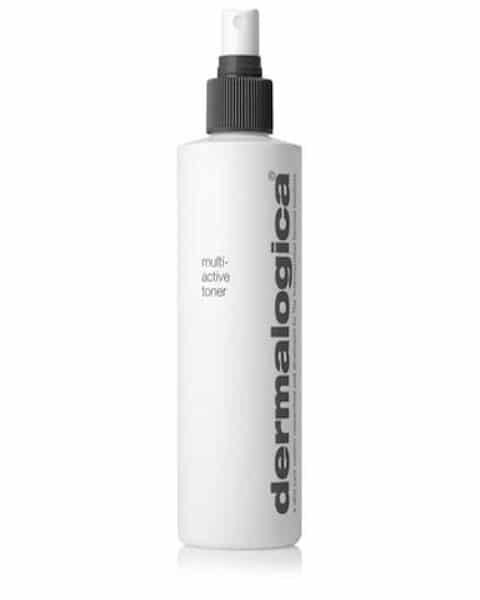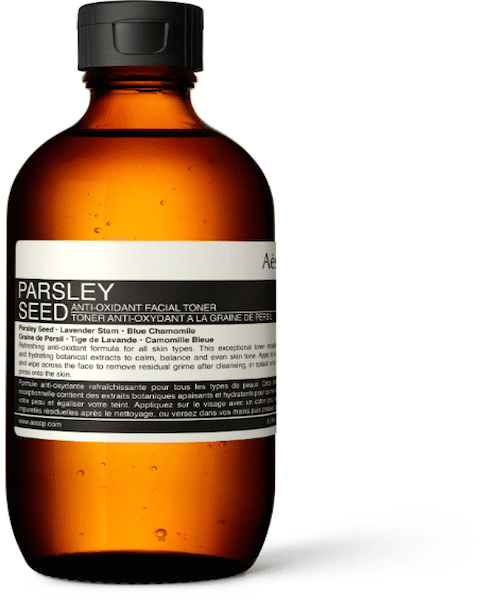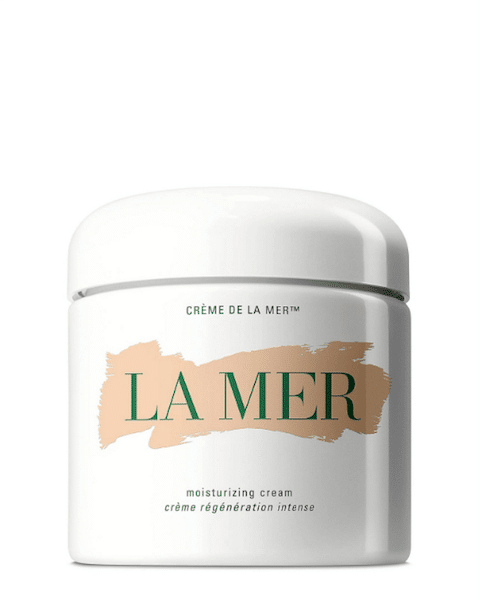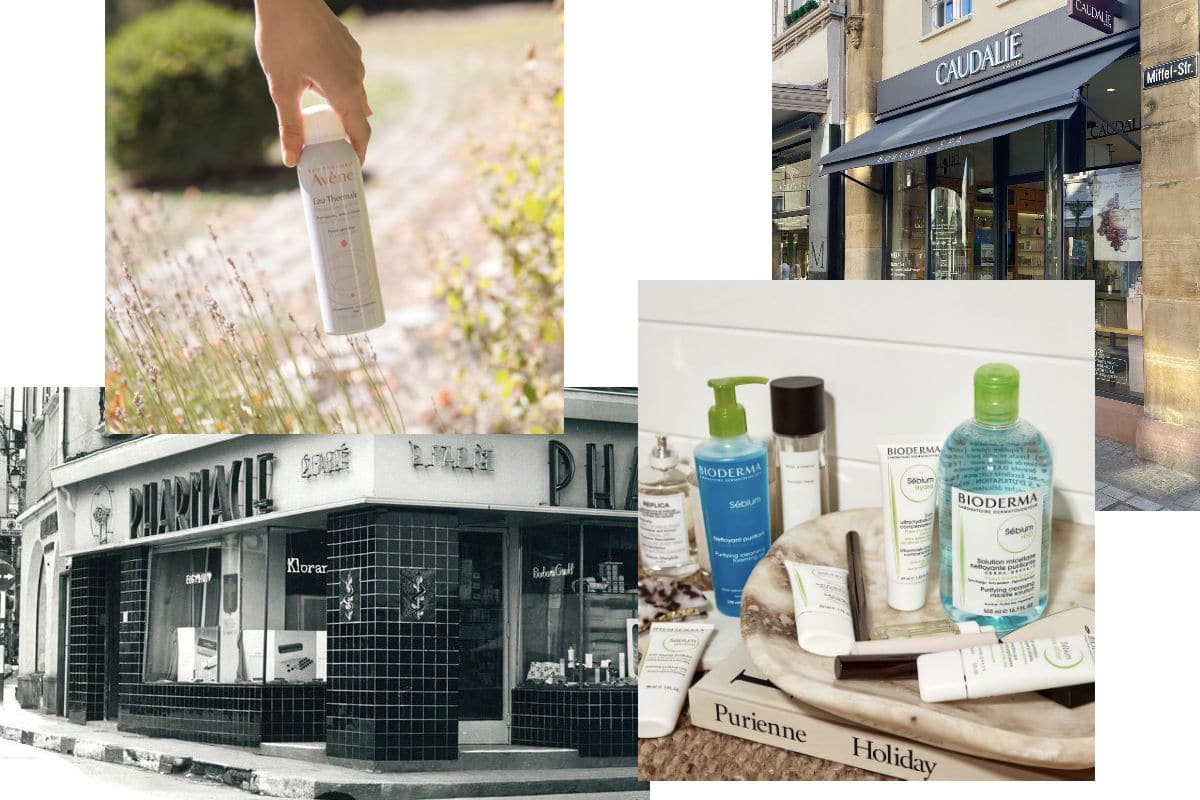
Like exercising our bodies for fitness and overall health, our skin also requires adequate attention in order to remain virile and supple. On first glance, engaging in a skin care routine can appear an overwhelming task yet with a handful of considered, quality product, it can be a simple and therapeutic part of everyday. Here, we break down how to build a skin care routine with the four key products needed in every vanity.
What are the basics needed to build a skin care routine?
The basic foundations of a skin care routine are cleansing, toning and moisturising your face on a daily – and sometimes twice daily – basis, alongside applying a sunscreen in the day. Whilst this can be padded out with nourishing additions like serums, face oils and actives, the four guiding principles are the ideal place to start when formulating a skin care routine.
Skin Types:
Integral in formulating a skin care routine is understanding your skin type in order to ensure the product you apply is appropriate and won’t aggravate your skin. Skin type’s vary from person to person and are often easier to decipher than initially imagined. Common skin types include:
Dry: Key characteristics of dry skin include red, eczema-prone epidermal areas and in some cases, the skin can be flaky and abrasive to touch.
Combination: As it sounds, combination is an all-encompassing category lending itself to those with volatile, moodier skin. Some part of the skin may be oilier in texture, with another part drier, and this can change based on seasons and environmental conditions.
Sensitive: Reactive and prone to breakouts, sensitive skin required gentler, more considered skin care in an effort to minimise damage to the pigment and to help avoid flare ups.
Oily: Much to be expected, oily skin often has a shiny appearance, creating a sheen across the face, and is commonly associated with those who have acne.
Cleansing:
When building your skin care routine, the first place to start is with a quality, skin type-appropriate cleanser.
What cleanser do I use for my skin type?
Oily skin:
A foaming cleaner on oily complexions ensures the formula breaks down dirt and help remove excess sebum, the by-product of overproduction in the sebaceous glands which clogs pores and can cause acne/excess oil on the skin.
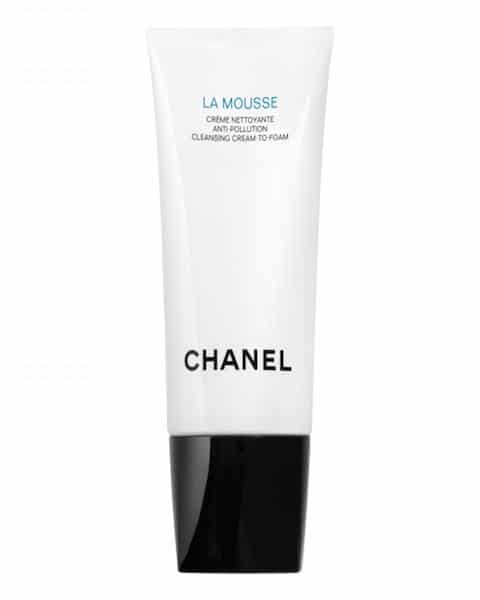
Dry skin: Using a cream cleanser is ideal for those with a drier complexion as they are formulated with ingredients including glycerin, lavender oil and rosemary to both remove impurities and also hydrate the skin.
Clarins Gentle Hydrating Foaming Cleanser
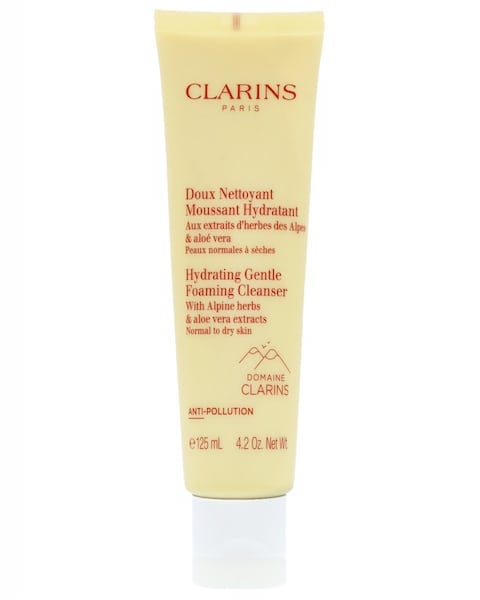
Combination skin:
Combination skin type’s can experiment with any of the above in order to target different concerns at different periods. However, as a base rule, the French girl beauty favourite, Micellar water is suitable, simple to use and doesn’t strip the skin of oils or cause excess dryness.
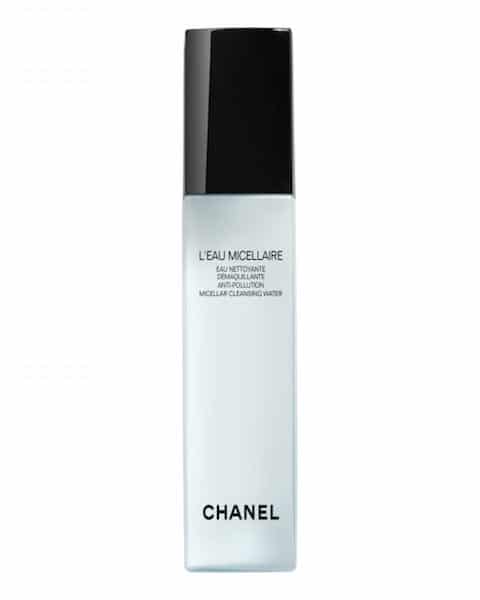
Sensitive skin:
Those with sensitive skin are recommended to engage a cleansing milk on their skin as it is a light, gentle cleanser taking a gentler approach to ridding the face of impurities. Produced from natural emulsions, it doesn’t strip the face of its natural oils and is delicate on the epidermal area.
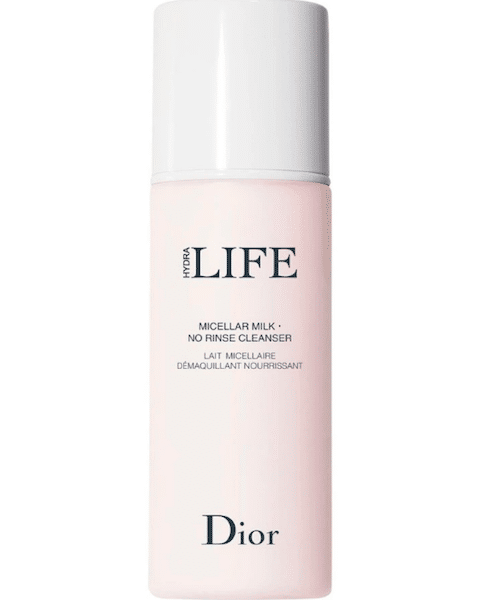
Exfoliating cleansers or scrubs should be applied only 1-2 times per week as excessive use can strip the skin of essential oils needed to maintain a natural, healthy balance.
How often do I need to cleanse?
Cleansing twice daily is recommended, both morning and evening, in order to avoid clogged pores, break outs, dullness and to maintain a supple, cleansed base. When pondering the environmental factors faced in a day from pollutants to dirt, think of cleanser as a way to start the day fresh and end it clear of grime and irritants.
Toner:
For the skin care novice, toner is often the forgettable of the three principle steps, an afterthought deemed unnecessary. However, think of the product as a safety net after cleansing and prior to moisturising; it assists in removing any final traces of grime and impurities left in pores or across the skin. Alongside this, many toner formulations are now conduits of actives, minerals and vitamins helping other products to absorb in the skin and balancing the complexion.
What do I look for in a toner?
When choosing a toner, a handful of common ingredients include:
Hyaluronic acid:
The renowned active found in a slew of skin care products, hyaluronic acid helps treat fine lines, harness a supple skin texture and promote hydration. Hyaluronic acid is the ideal dominant toner ingredient for those with drier skin.
Hunter Lab Healing Essence Toner
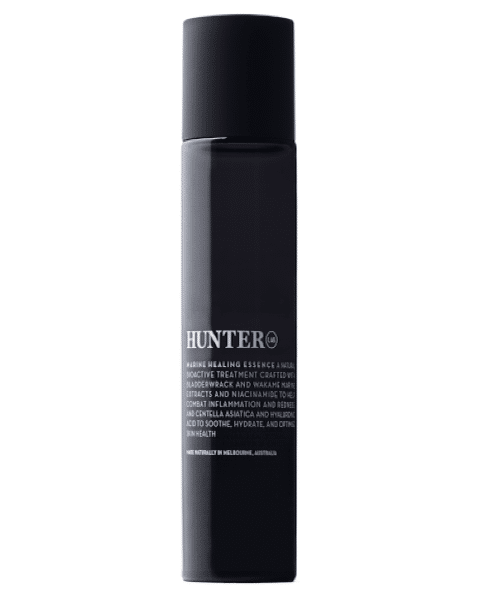
Vitamin E and Vitamin C:
A new hero in the skin care landscape, vitamin E can be effecting in reducing UV damage on the skin from incidental sun exposure, alongside protecting the skin from free radicals. Both E and vitamin C work towards protecting the skin from early signs of ageing.
Dermalogica Multi Active Toner
Alpha, Beta and Polyhydroxy acids:
A trio of acids working together to promote brightness and virility in the skin, AHA, BHA and PHA-containing toners are developed for those with oilier skin. These are common ingredients in toner, working to improve the texture and evenness of skin. When initially introducing an AHA, BHA or PHA toner into your skin routine, only apply the product 2-3 times a week to see how your skin adjusts to the strength of the product. Those with sensitive skin would find it advantageous to choose a lighter strength AHA toner so not to aggravate the epidermis.
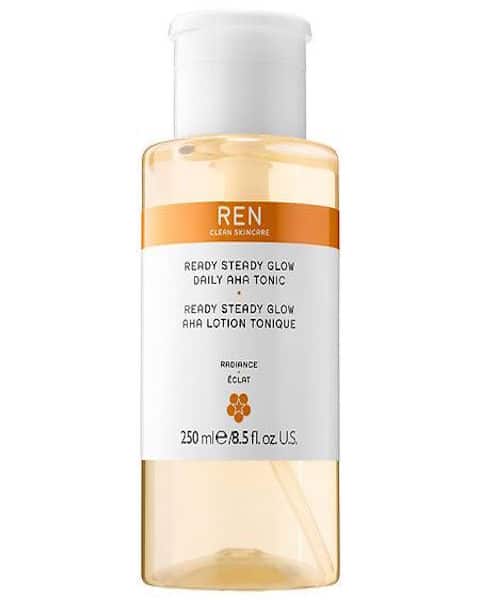
Chamomile:
With its anti-inflammatory properties and notoriety for calming the skin, toners containing Chamomile are recommended for those with dry or sensitive skin. As it contains antioxidants, it can also help protect the skin from environmental and UV damage.
Aesop Parsley Seed Anti-Oxidant Toner
How do I apply toner?
Like any skin care product, applying toner is a personal choice that is refined with regular application and engagement with the product. The easiest way to apply toner is by placing a few drops- 2-3 depending on the texture of the product- into the palm of your hand, proceeding to swipe the product across the face in upwards motions from the jaw.
Toner is commonly applied with a cotton pad, with a similar process of applying a few drops to the surface and sweeping on the face. Both are appropriate methods, so trial which feels natural to you when you begin using the product in your skin care routine.
Most formulae can be applied morning and evening, however those with AHA’s should be used only in the evening as in the day it can cause photosensitivity.
Moisturiser:
The hydrating, opulent, (almost) final step in the basic skin care routine is applying a moisturiser once the face as been cleansed and toned. At its crux, the moisturiser is there to be used year-round, twice daily, in an effort to prevent water loss, keep the skin refreshed and replenish the follicles from any damage it may be exposed to throughout the day.
As we age, skin loses the ability to naturally retain moisture, so applying a hydrating product can assist in combatting this.
Which moisturiser is suitable for my skin type?
As with cleansing and toning, choosing a moisturiser tailored to your skin type is integral in ensuring it helps your skin, rather than hindering.
Oily and combination skin:
A gel moisturiser, with its lightweight and fast-absorbing properties, is recommended for those with an oilier complexion to avoid overstimulating the epidermis. This assists in minimising chances of a breakout, or reaction to the product, making it suitable for both oily and combination complexions prone to irritation.
Clarins Hydra-Essentiel Cooling Gel Normal to combination skin
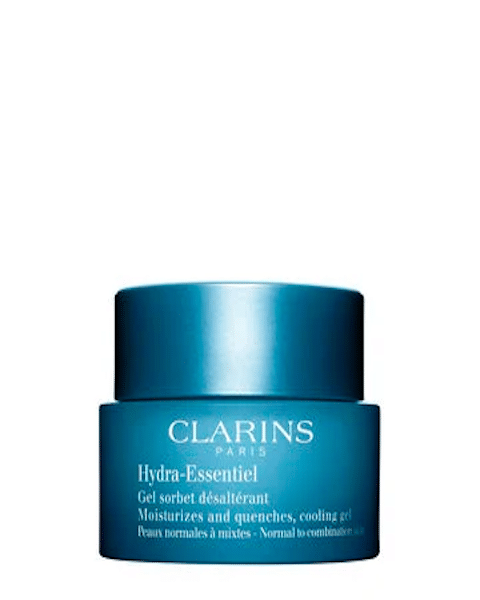
Sensitive skin:
Rich creams and balms can help combat the redness, flakiness and lack of moisture characteristic of dry skin. Their heavier formulation than a cream moisturiser is ideal as they provide necessary moisture, while the texture also has soothing properties for the overall skin tone.
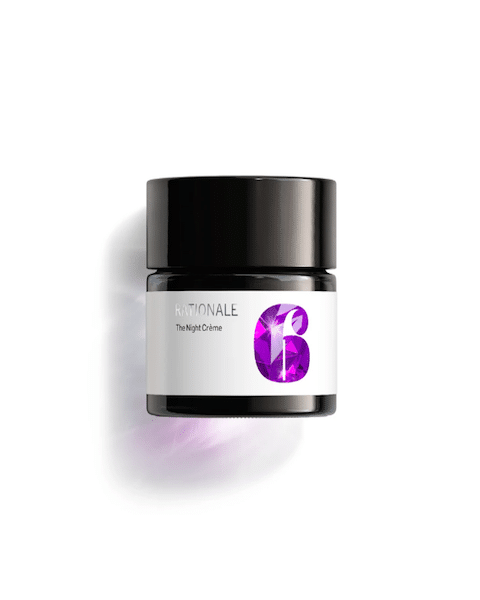
Dry Skin:
Cream moisturisers are the go-to option for drier skin, with the oil-base and heavier formulation allowing for an intense burst of hydration to the skin. Post-application, the face is left feeling supple and plump.
Sunscreen:
An absolute essential, especially on Australian shores, sunscreen is paramount when you build a skin care routine. Even on a cloudy day or when rain is streaming from above, applying an SPF is integral in protecting your skin.
Sunscreen has had a renaissance in the last five years, with the thick zincs of the past gone and replaced by well-formulated, considered lotions tailored for comfortable use every day. SPF- and protecting your face from UV rays- is decidedly chic.
How do I apply sunscreen?
Application for sunblock is perhaps the simplest step when you build a skin care routine: apply daily after cleansing, toning and moisturising. When the UV index ranks more than seven, its encouraged you apply an SPF 50+ and when less than seven, an SPF 30+ is a suitable alternative. Apply a five-cent coin size of the lotion into the palm of your hands or tips of your fingers and sweep in upwards motions across the face and neck, ensuring all product is absorbed into the skin.
